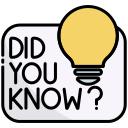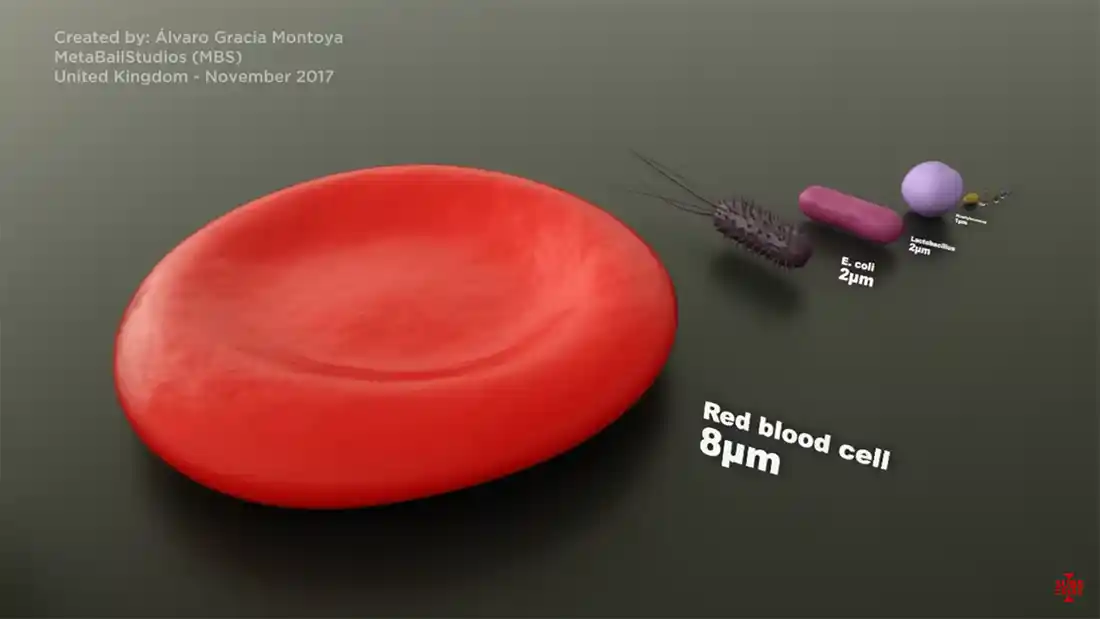

Cell size, comparison, human cell, animal cell, plant cell, egg, ovum, ova, sperm, human hair, palisade leaf, viruses.
We see cells under the microscope, purely because they are small. But how do they all compare with each other in size?
Ants. They're everywhere. Literally. There are some 2.5 million ants to a single human being. Which is a lot. You can see them, but they are small. In fact, they are generally around 3mm in length. Which is quite small, right?
But what if we went smaller?
A human hair. Small enough? Well, the average human hair can be as small as 100 micrometres (µm). This is now smaller than an ant, which you can see running up your arms easily, compared to the hairs on it.
Smaller still? OK.
A palisade leaf cell. Smaller than a human hair, at around 70 micrometers in length. Slightly smaller, but we are getting to a cellular scale of size now.
You want more? Fine.
Your cheek has a lot of cells on it, and these are around the same size of a palisade leaf cell, at 70µm. Obviously you can see your cheek, but you still need a microscope to see the individual cells.
We are now completely in need of use of a microscope. Let's get even smaller.
A red blood cell. How big do you think it is? As big as a cheek cell? It has to carry oxygen and other nutrients to your body parts, specifically the cells within it.

The human egg, or ovum, is one of the largest cells in the human body. That said, it is still very small and measures approximately 0.12 mm in diameter. You would need 9 eggs to reach a millimetre in length, and if you laid 100 of them side by side they would sit on a line just 12 mm (1.2cm) long.
A red blood cell is around 7µm in diameter. This is now getting proper small, isn't it?
Is there anything smaller than a red blood cell?
Well, yes. Bacteria are smaller. For example, the Salmonella bacterium is around 0.5µm wide, and 1µm in length.
Viruses can often be even smaller, as their cellular structure is different to other living cells. They can be as small as 100 nanometres, which is smaller than a micrometre.
The following still is from a video on cell sizes, with the following details:
Please click on the image to view the video.

We have a variety of cells, and they are also all different sizes. They range from as small as the red blood cell, at 7µm, to the egg or ovum. This is the largest cell in the human body. It measures at 12 micrometres in diameter. It needs to be this big to allow insemination from the sperm.
Disclaimer | About Me | Sitemap
Website design by SyntaxHTML.



Blue icons adapted from icons courtesy of Smashicons.com